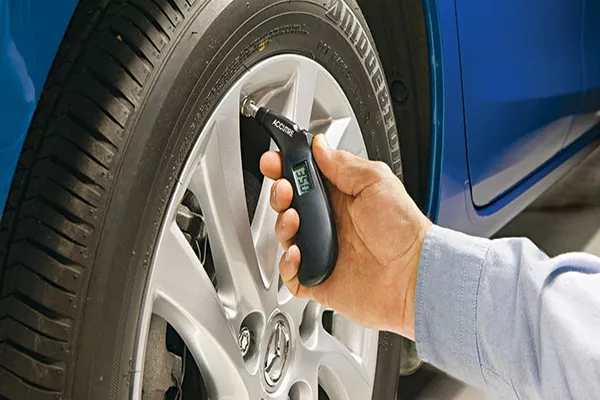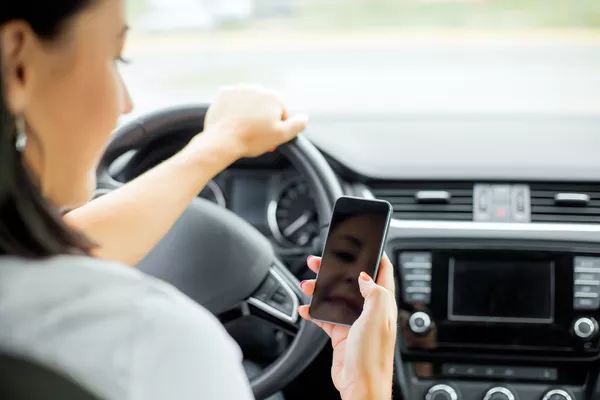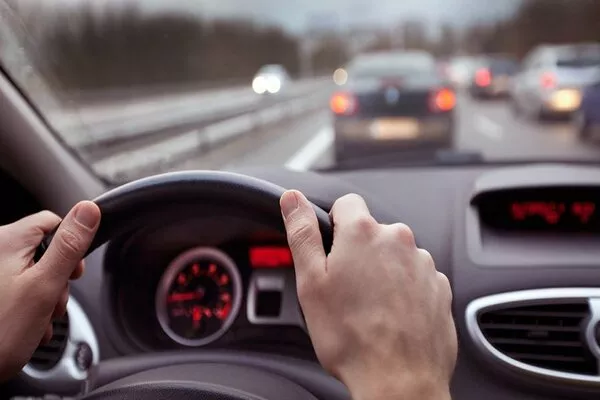Some people think that if you can drive a car, you can pretty much drive an SUV. Well, that could work for some but there are definitely undeniable differences between a bulky, heavy SUV and a slim car. A car has its own advantages and hardships while an SUV also has its own share of difficulties and benefits.
One obvious advantage is that they’re obviously bigger and are more visible on the road. They also have better ground clearance and seem like it can withstand accidents and collisions better because of its humungous size. However, SUVs are actually more prone to rollovers because of its height.
Since SUV is one of the best options for Filipino motorists, you also need to understand how to drive it carefully as to protect yourself and other people around you.
1. 5 simple steps to drive an SUV
Step #1: Make sure your tires have adequate air
Regardless of what vehicle it is you’re driving, you’re going to want to always keep your tire in good shape. In SUVs however, maintaining correct air pressure is very important.
Compared to other vehicles, SUVs have massive bodies that will naturally give more weight to the wheels. Add that to the weight of the passengers and whatever else is load.

Make sure your tires have adequate air
Step #2: Always do routine checks to the vehicle
Since your SUV has higher ground clearance, you will need to take a look around your vehicle before driving off. Make this a habit to prevent running over small children, pets or objects that’s close to your vehicle. You might not be able to see these once you’re already inside the vehicle so it’s best to check first so you stay out of trouble.
Step #3: Take time to adjust your mirrors
This will help you get around in traffic while avoiding collisions and accidents so don’t be afraid to exert some effort in adjusting them. Your rearview mirror should have a full view of your rear windshield. This should also be adjusted in a way that you won’t need to extend your neck just to look at the mirror.
You only have a split second for occasional glances at the rearview mirror so you should make it easy for yourself.
The side mirrors should be extended all the way out and you should see the area where your taillights are pointing to. Do the same for the other side mirror. A rule of thumb is to make sure that you eliminate as many blind spots as possible without you having to move your head when checking the mirrors.
Adjusting the mirror is very important when it can avoid collisions and accidents
Step #4: Keep clear of distractions
This does not need Philkotse.com to stress more. Keep your eyes on the road at all times and keep both hands on the steering wheel as much as possible. Avoid taking calls, eating, putting on makeup or any other unnecessary activity that could take your attention off the road.
If you really need your phone for answering a very important call or for location purposes, you can use a wireless earpiece device and a phone holder that you can buy for less than PHP1000.00.

Keep clear of distractions like your phone or any other handheld device
Step #5: Slowly increase your speed
Why? Please take note that your SUV is heavier than other vehicles because of its size - so it will take more time for it to stop. It will also become harder for you to control your vehicle if you press on the accelerator aggressively.

Slowly increase your speed because SUV is heavier than other vehicles it will take more time for it to stop
Also, keep a distance from the vehicle in front of you to avoid a collision in case he suddenly hits the brakes. Inhibit tailgating other vehicles because you will need more time before your SUV stops.
>>> Check out: How to use your car brakes properly.
2. Tips on how to avoid rollovers
SUVs are prone to rollovers due to their dimensions and weight distribution. To substantially decrease the chances of your SUV rolling over follow our proven tips here:
Firstly, do not attempt to swerve your vehicle, unless you are in an action film. The reality is that swerving an SUV is like swerving a vehicle while holding a four-tier cake. When you turn the wheel quickly, what’s likely to happen is that your cake will topple and fall over.
That’s also what’s going to happen to your SUV. So instead of swerving, slow down before you reach the turn while keeping a firm grip on the steering wheel.

Do not attempt to swerve your vehicle, unless you are in an action film
Secondly, slow down when the road is curved. You may end up losing control of your vehicle if you speed up at curved roads. The faster you are when you approach the curve, the more lethal the outcome could be for you and your passengers.
Not less importantly, your SUV will depend on you in keeping its balance. That’s why we advise that you avoid sudden or quick turns as this may shift the weight of the SUV and roll over. Lightly pump your brakes before approaching a turn as you would with driving a normal car.
>>> See more: Top 5 compact SUVs with roomiest cargo space.
Then, do not add items and cargo that could shift the vehicle’s center of gravity. When the manufacturers made your car, they made sure that the center of mass pulls towards the ground. If you store a single cargo on the vehicle’s roof, then the weight adds to that “pull”.
However, that weight can also shift side to side when your vehicle makes turns and so the center of gravity also shifts its position.

Do not add items and cargo that could shift the vehicle’s center of gravity
Also, if you swerve or make a fast turn the weight of the load on the roof can cause your SUV to fall on its side. To prevent this from happening, keep as much of the baggage inside the vehicle so the center of mass stays close to the ground.
Finally, avoid driving on off-road terrains especially in bad weather. The Philippines is filled with magnificent off-road trails but these become twice as dangerous when you’re driving in bad weather. The rough track can become slippery and forcefully driving on it can cause your SUV to fall over.
>>> Click here to get more helpful tips and advice for all car owners.
Recent posts
- Top 5 subcompact SUVs to buy in the Philippines in 2021 Nov 08, 2022
- Top 5 best midsize SUVs in the Philippines Feb 14, 2023
- Top 5 best compact SUVs to buy in the Philippines in 2021 Jun 03, 2021
- Ins and outs: Large SUVs and what makes them tick Aug 26, 2021
- Top 5 best SUVs in the Philippines in 2018 Mar 30, 2021












